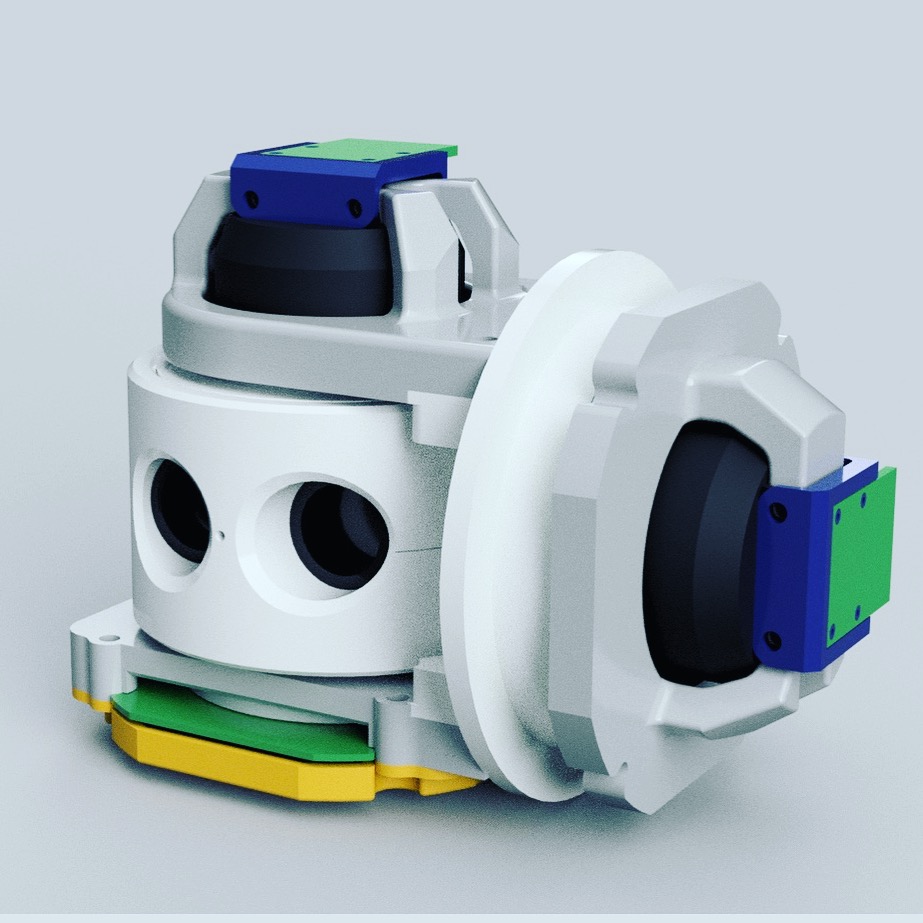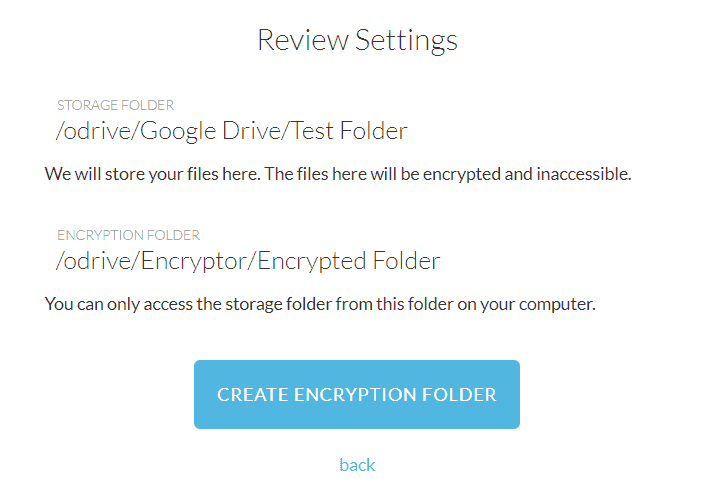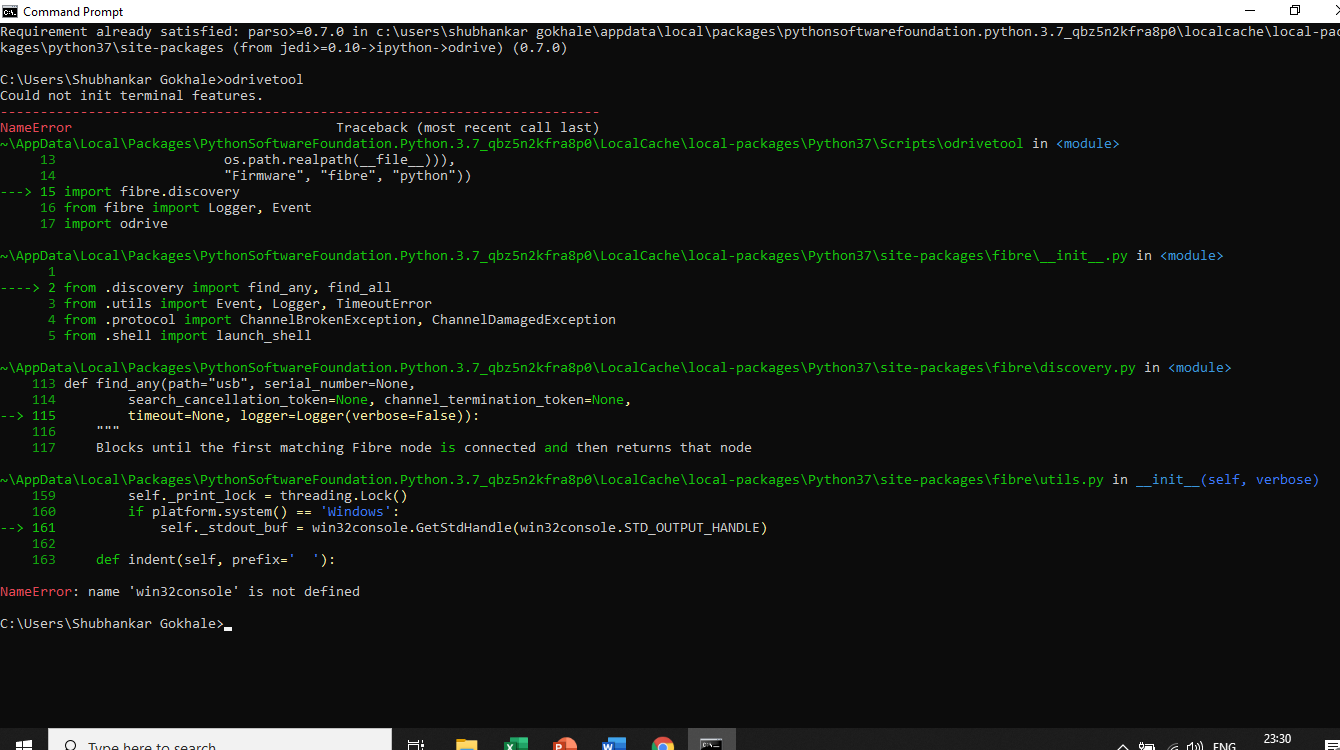

- #Odrive vs cloudmounter password#
- #Odrive vs cloudmounter plus#
- #Odrive vs cloudmounter download#
- #Odrive vs cloudmounter free#
Share files easily with private links which expire after a set amount of time, plus Scorch can shorten the link (and authorisation token) using our own scorchapp.link.
#Odrive vs cloudmounter free#
Scorch requires a free Backblaze B2 Cloud Storage account, sign up here.Ī remote file manager with the powerful rsync engine to haul data at high speed. It looks like an FTP client but goes like rsync.
#Odrive vs cloudmounter download#
– Upload and download via rsync by simply pointing and clicking. – Browse, rename, manage and delete remote files quickly and easily. – Works over a securely encrypted SSH tunnel (no setup required). – Includes rsync 3.1.2 (no command-line knowledge required). – Work with multiple servers in multiple windows. bwlimit, -compress, -partial, -dry-run, etc.). – Autocompletion and inline documentation provided for each option.
#Odrive vs cloudmounter password#
– Use your SSH RSA private key instead of a password to connect to AWS, Google Cloud, etc. – Move and rearrange remote items quickly and easily. – Filter any view of files and use the keyboard to navigate. To connect to a remote Mac, simply enable 'Remote Login' in its System Preferences. Still using FTP? Truck hauls data 30x faster thanks to its modern rsync engine (included) which compresses, de-duplicates and encrypts – giving significantly higher performance and security, right from the first transfer. Setup takes 3 clicks (no command line), then just drag-and-drop to transfer. “My son, who was 10 years old at the time, was having trouble falling asleep at night. He loves to play on his iPad and iPhone throughout the day. Even though we limit his playtime on electronics throughout the day and we enforce his curfew time of no electronics or television after 7:30 in the evening, he was still having trouble falling asleep at bedtime. He would call us into his room 3 and 4 times at night after we put him to bed. I was introduced to BluTech and I learned that the superior blockage that the lenses provide from blue light would help regulate the melatonin that we naturally produce. I also was advised that it would help to regulate better sleep patterns, which increases the chances of better sleep and wouldn’t hinder falling asleep.

So, I purchased a pair of BluTech glasses and encouraged him to wear them every time he played on electronics. Since glasses are considered cool these days, he was excited to wear them! At first, I had to remind him to put them on but it soon became a habit and he started to remember. From the first day he started wearing his BluTech glasses, his sleep patterns started to develop more normally. He doesn’t call us into his room at night anymore and he falls asleep more quickly than before.

I am delighted that we have found BluTech and a simple solution to my sons sleeping problems.If you’ve ever suffered from dry, irritated eyes after a long day of staring at your computer, you may have been tempted to purchase a pair of blue-light-blocking glasses. Blue light is found in nearly every light source, including the sun, and excessive exposure can harm your vision.īut will filtering out blue light help with the digital eye strain that comes from extended time in front of a screen? Rahul Khurana, an ophthalmologist and clinical spokesperson for the American Academy of Ophthalmology, says that digital eye strain and the negative effects of blue light on your eyes are two separate concerns. “We keep on thinking about blue light from our computers and smartphones, but the reality is that we get more exposure to blue light from the sun.” Essentially, it’s not the blue light that’s making your eyes feel bad after a day of staring at the computer.

It’s staring at a screen for hours without breaks. That’s why Khurana doesn’t recommend any special eyewear for daily computer use. “Ultimately, I’m not really sure how it’s going to help with digital eye strain, which is what’s bothering people,” he says, explaining that the eye strain most people experience isn’t necessarily digital. It can occur “whenever you focus on anything - from reading a book, looking at a screen, or watching TV.” It can be alleviated by shifting your eyes every 20 minutes or so to something that’s 20 feet away for at least 20 seconds, he says. If that doesn’t help, Khurana recommends artificial tears to help lubricate dry eyes. In the end, he says you don’t need to wear blue-light-blocking glasses during the day. On the other hand, Chris Moore, a training manager at MOSCOT, says that blue-light-blocking glasses have other benefits - such as helping prolong the onset of age-related macular degeneration, a disease that can be worsened by excessive exposure to blue light.


 0 kommentar(er)
0 kommentar(er)
